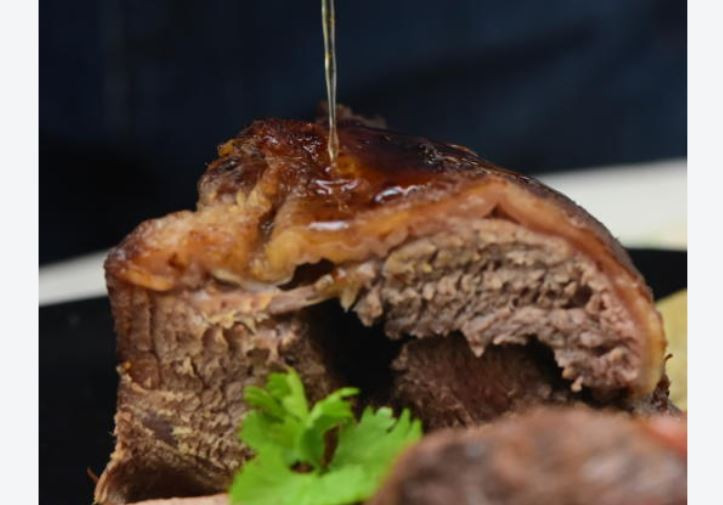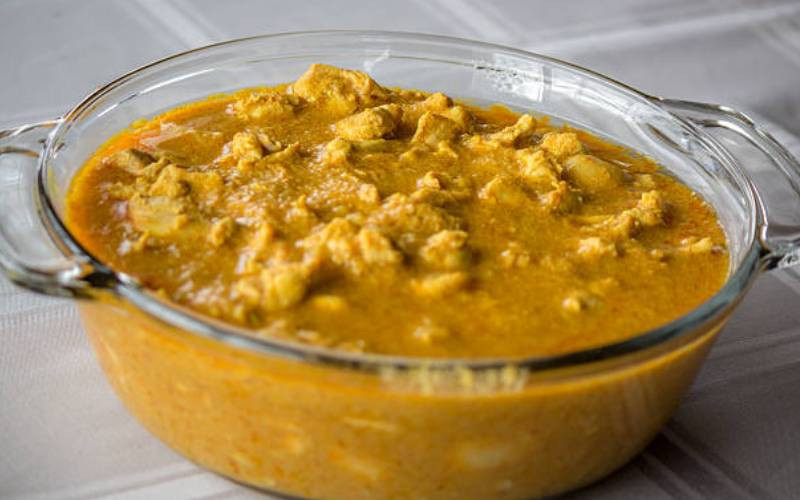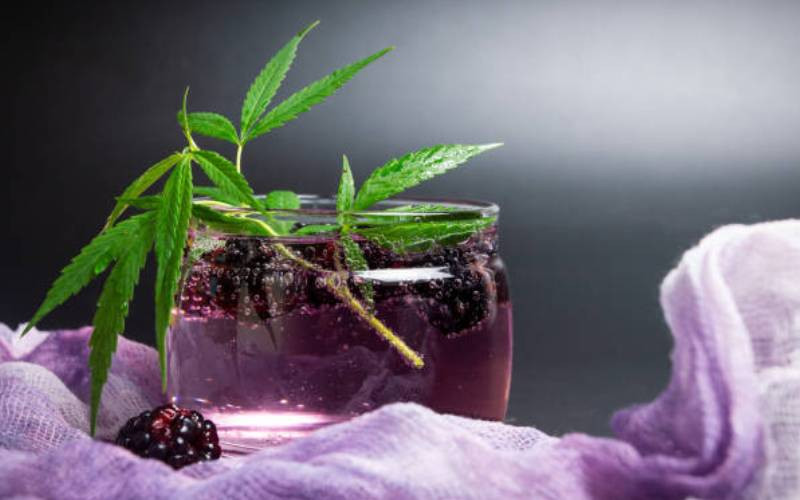
I love dawa. You know the ginger, lemon and honey concoction?
Even before it became a binge-worthy drink as a result of Covid-19, it has always been my go-to drink. A few months ago I was eating out and after having a meal, I ordered for dawa. I like to add the honey myself so I requested for it to be served separately, but what was brought to the table was not honey.
I could tell by the colour and the consistency even before I tasted it and when I did, it was more like a highly flavoured sweet. I summoned the waiter and conveyed my concern. She insisted on it being honey. The manager was called and he too insisted it was honey.
A few weeks later, I sent my husband to buy some honey from the supermarket. The colour of this particular ‘honey’ was very off - it tasted like syrup. We returned it to the supermarket and politely told them what they were selling wasn’t honey. They did not argue and proceeded to refund us.
If you walk through most supermarkets in Kenya today in the honey sections, you will notice an increase in honey brands. You actually do not need to taste to know most are off.
In August 2019, the head of training at the National Beekeeping Institute said that 30 per cent of honey delivered for testing was substandard. These samples were from people who wanted to know if the honey they consume or sell is of high quality. He said that more than 50 per cent of honey sold to Kenyans is adulterated.
About 95 per cent of honey’s dry matter is carbohydrates, mainly fructose and glucose. Honey also contains small amounts of proteins, enzymes, vitamins, minerals and some trace elements.
In addition, honey has shown to possess some anti-microbial, anti-viral, anti-inflammatory and antioxidant properties, which have made honey popular as an ingredient for home remedies in the management of symptoms for common conditions like colds and flu.
Bee farming is labour intensive, and honey is relatively expensive with consistently high demand. This makes it a prime target for adulteration.
The use of honey has become even more popular with Covid-19 pandemic, making its demand even higher. Adulteration is mainly done through diluting real honey with a syrup derived from plants like high fructose corn syrup, rice syrup, sugar syrup and molasses.
The sugars in these syrups can also be chemically modified to make them look like real honey. Such adulteration changes the chemical composition of the honey, resulting in a reduction of its nutritive and medicinal value.
The major components of honey are simple carbohydrates just like in other sugars such as cane sugar concentrate. Unfortunately, due to this similarity, when cane sugar concentrates and other similar sugars are added to honey, it is not easy to detect.
Due to the natural complexity of honey, it is not easy to authenticate the purity and quality of some honey.
Also, since honey is mostly adulterated in a way that doesn’t always change the taste, many people cannot tell they are using adulterated honey.
Adulterated honey has lower nutritional and health benefits. Some of the sugars added can affect your health negatively.
Regular consumption of high fructose corn syrup for example can increase fat deposits and triglycerides. Studies have linked it with an increased risk of obesity. Pure honey has anti-inflammatory properties, however, the sugar syrups in adulterated honey can cause inflammation, increasing the risk of chronic conditions.
Brown rice syrups have been shown to contain considerably raised levels of arsenic, a natural compound that increases the risk of many conditions if consumed regularly and in high amounts.
There are several easy ways to check if honey is adulterated at the domestic level. Pure honey is dense and should trickle down into a stream if you pour it out on a spoon.
It should never separate into layers. If you pour some pure honey on a white cloth or a blotting paper, it should not leave a stain or be absorbed. If you put a spoonful of honey in a glass of water and do not stir, the honey should settle at the bottom and not dissolve.
 The Standard Group Plc is a multi-media organization with investments in media platforms spanning newspaper print
operations, television, radio broadcasting, digital and online services. The Standard Group is recognized as a
leading multi-media house in Kenya with a key influence in matters of national and international interest.
The Standard Group Plc is a multi-media organization with investments in media platforms spanning newspaper print
operations, television, radio broadcasting, digital and online services. The Standard Group is recognized as a
leading multi-media house in Kenya with a key influence in matters of national and international interest.










